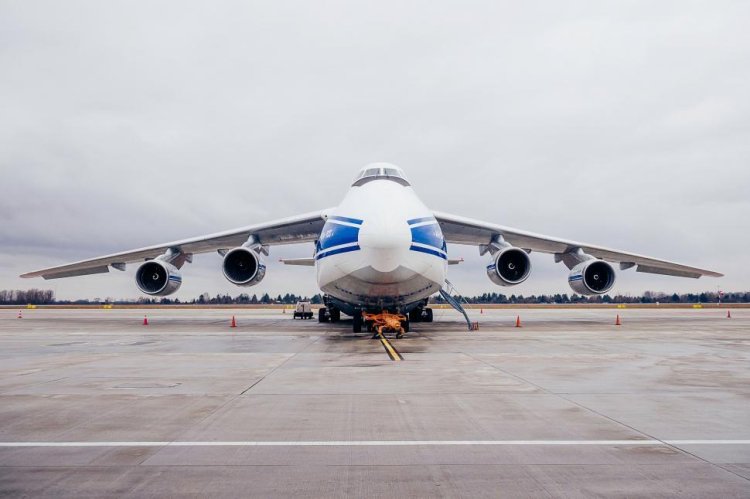Air Cargo's Next Frontier: The Impact of Heavy Equipment on Future Transport

On a daily basis, heavy machinery that consists of construction, mining, forestry, and industrial machinery is shipped all around the world.
With a Heavy weight between 20 to at times, 1000 tons, it’s an inspiring journey that these machines are capable of being transported at all, let alone via air cargo.
But in 2023 rough patch and demand at historic lows, what is the future of air cargo, and how is heavy machinery transportation helping to move the air cargo industry forward?
Problems that heavy equipment shippers face:
One of the biggest problems when dealing with heavy equipment is machinery safety. Not only can the heavy equipment in question weigh tonnes, but at times there is potential for the item to move during shipping if it is not secured properly.
Heavy equipment can be worth millions, adding more risk to the situation. Heavy transport also requires a fully trained staff at all times that understand how to minimize the risk while moving objects that weigh up to 1000 tonnes. This can cause more delays if the properly trained staff is not there to offload the heavy equipment on time.
The second problem that heavy equipment consignees face is the high cost of shipping, which comes into play when transporting heavy equipment via air cargo. Air transportation might not be the best or most cost-effective way to ship heavy equipment as it’s the least economical choice over sea, but it's fast and always better when there are deadlines to meet.
While having a high focus on safety and the necessity for efficiency during Air cargo transportation to reduce costs, heavy equipment shippers have brought a new method to look at the air cargo industry as they work around the troubles they face.
A need for efficiency:
With TECH reshaping all Businesses, not just air cargo, the future is looking at implementing artificial intelligence in, whether with open arms or not.
Humans are very limited when it comes to working on a complex matter like supply chain coordination. When it comes to heavy machinery shipping, each second and each penny saved matters, and AI can help further the progression of complex issues that aren’t able to be corrected by the human mind.
Incomplete logistical planning can have a ripple effect, and end up costing industries up to 25% more over the long run factoring in delays in deliveries. With the ability of cost-cutting algorithms, it’s now possible to think about heavy equipment shipping in a new way.
How heavy equipment is transported together, when they will be delivered, and even considering unpredictable events can all help in cutting down prices and provide a much better transport experience.
Let's Suppose, it may not be possible to do every single cost-benefit examination even with an expansive crew, but AI can handle this process, and make it easier for heavy equipment shippers to be more productive, thus driving to more advancement in the air cargo space.
Focus on safety:
The global Heavy machinery industry is set to more than double in size between 2020 and 2030, and with those stats in mind, that means that more construction equipment is going to need to be shipped globally.
With a very limited amount of people able to safely transport heavy equipment, it can cause severe delays and fines as the shipments wait to be unloaded by specially trained crew.
As the demand for heavy machinery cargo increases, the air cargo industry must work towards employing more heavy equipment transportation operators to ensure safety during transit.
As these are not just ordinary objects, and with more of them being transported every day, the necessity for safety for the staff that is moving heavy equipment must be taken seriously as the air cargo industry advances into 2024 and onwards.
With a better-trained crew, fewer incidents happen on the job site, and fewer businesses will have to pay as more staff means fewer logistical problems down the road. Keeping everybody alive must be the priority for everyone involved in not only heavy machinery transportation but any shipping job where lives are at stake.

 machineryasia
machineryasia 






